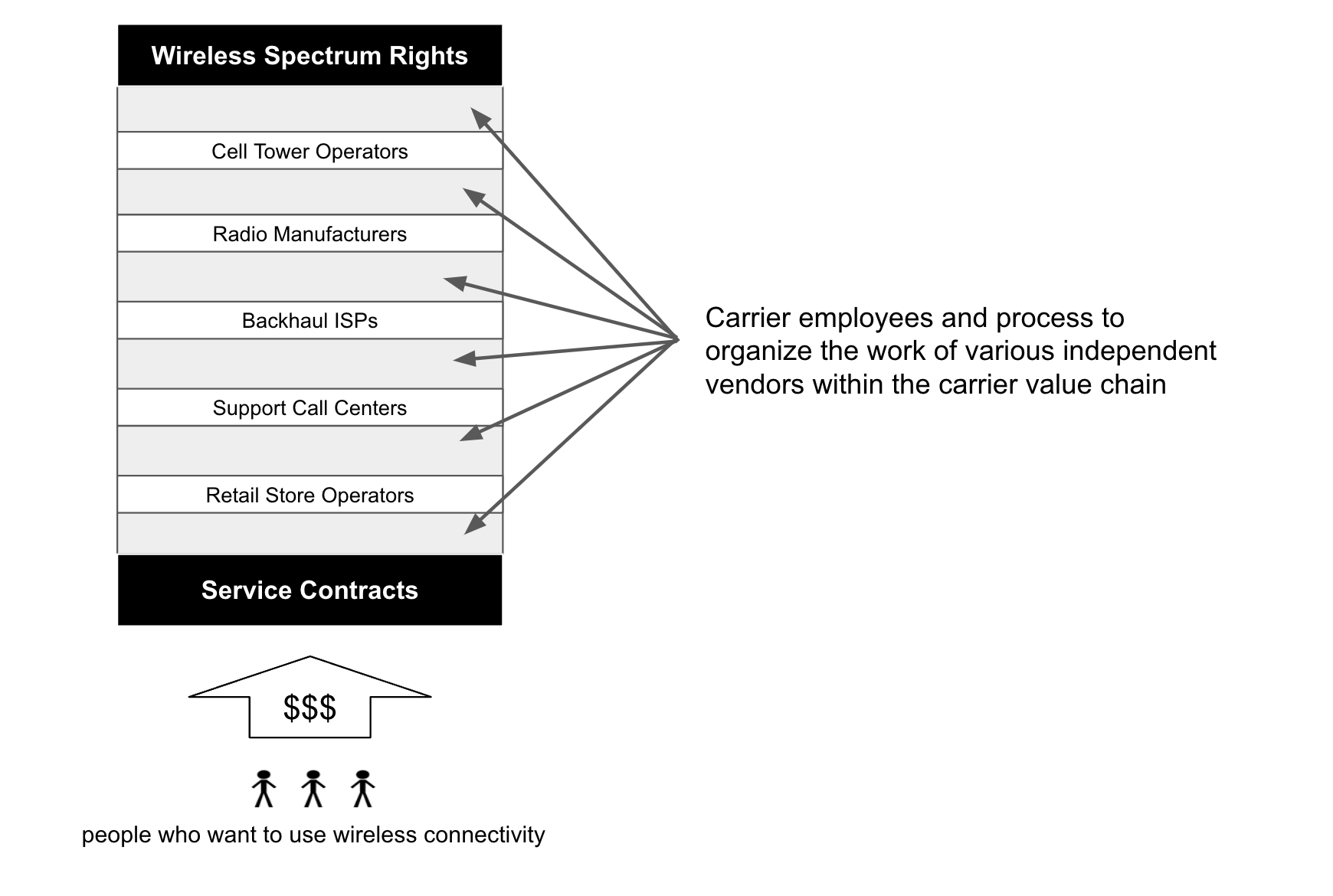
<aside> 💡
Key Takeaways:
The wireless sector continues to see increasing demand for higher bandwidth and lower latency while users question whether the major carriers are worth the price. In addition, carriers' ability to keep up with demand will require denser networks with more nodes, which only exacerbates site acquisition costs.
The Helium 5G Network presents an alternative that decentralizes these overhead costs while providing more avenues for Service Providers to generate revenue including allocations of MOBILE token emissions.
HIP-53 put forth a detailed overview of this economic model to pave the way for Service Providers' success in the Helium ecosystem.
It established the Mobile subnetwork, which handles all MOBILE Rewards emissions, earning Rewards, and programmatic treasury operations.
Nova Labs has emerged as the first Service Provider on the Mobile subnetwork. Its Helium Mobile service is an innovative mobile carrier model that leverages people-built coverage and crypto-economics to reduce costs and increase benefits for subscribers.
Traditional carriers present as companies that sell connectivity and phones when, in reality, carriers must outsource work to dozens of independent third parties to deliver services to subscribers.
This situation creates a tangle of intermediaries resulting in a lot of overhead for the carrier to coordinate.
For example, most carriers do not build their own communications equipment or software. They also do not own or operate cellular towers, do not directly employ personnel to maintain their infrastructure or data centers, and often opt to franchise retail locations and outsource call centers.

With so many operational aspects of the business outsourced, the competitive advantage of a carrier reduces to two critical assets over which they have direct ownership: spectrum lease contracts and service contracts with subscribers. Everything else – all of the coordination of people and infrastructure described above – is dedicated to bridging these two assets.
U.S. telcos are estimated to spend upwards of $50B annually coordinating these independent parties. Given the significant overhead coupled with additional costs such as spectrum and site acquisition, there is little room for market innovation when delivering service to subscribers.
High costs and suboptimal user experiences in onboarding, customer support, billing transparency, and more pass onto the subscribers due to the inefficiencies of this value chain.
The amount of overhead wasted on independent-party coordination creates an environment ripe for disruption.
Blockchains are an innovative approach to delivering superior economics for Service Providers by eliminating coordination inefficiencies that plague carriers.